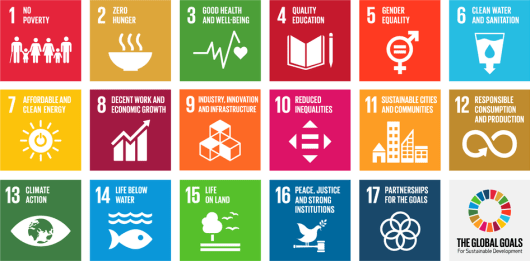
Impact investment process
Ashmore believes the world’s biggest challenges, and opportunities, lie in emerging markets. It’s also where impact investing can deliver meaningful returns.

The challenge
Since the term impact investing was coined in 2007, investors have grappled with how best to deploy capital where it's needed most: emerging markets (EM). Despite high growth potential, EMs face persistent challenges. 1.2 billion people still live in multidimensional poverty, and with developed economies increasingly outsourcing production, EMs now generate 75% of global greenhouse gas emissions.
This is a critical juncture: to meet the UN Sustainable Development Goals (SDGs) by 2030, EMs need an extra USD 4 trillion in funding each year. So how can this SDG financing gap be bridged?
The opportunity

Returns

Impact

Scale
Ashmore’s approach
We seek to capitalise on the growing impact opportunity by mobilising institutional and retail capital towards the UN SDGs. Our ambition is to develop scalable impact strategies with multi-billion dollar capacities that help address the world’s most pressing environmental and social challenges, while delivering market rate risk-adjusted financial returns.
- Access: We offer access to the whole impact opportunity set within each asset class, harnessing Ashmore’s broad investment expertise across regions and asset classes
- Ambition: Every investment must contribute to our dual objective, passing both our impact assessment and fundamental assessment
- Accountability: We intend to measure and report annually the outputs and outcomes associated with Impact Investments, at both security and portfolio level
For segregated accounts, we can tailor the impact objective, and asset class focus, to client preferences. For more information on our approach, see our Impact Investment Framework below.

Our Impact Debt Strategy
EM hard currency debt holds significant untapped potential for impact financing at scale, in a liquid asset class. The Ashmore EM Impact Debt Strategy gives investors access to this entire opportunity set. It channels capital into activities that directly contribute to the SDGs in a transparent and measurable way, while offering market rate risk-adjusted returns. It follows a best ideas approach, focused on corporates, but with the flexibility to allocate to sovereigns and supranationals.
As always, emerging market investments carry risks as well as rewards, but public market approaches such as this can unlock scale previously unheard of in EM impact investing. For more information on our approach, see our Impact Investment Framework below.

Impact Investment Framework
Our ambition is to contribute to a step change in Emerging Markets (“EM”) impact investing, by designing scalable strategies that help to address the world’s most pressing environmental and social challenges, while delivering emerging market risk-adjusted financial returns. This Framework outlines how we define, assess and report on impact for strategies that make an explicit allocation to Impact Investments.